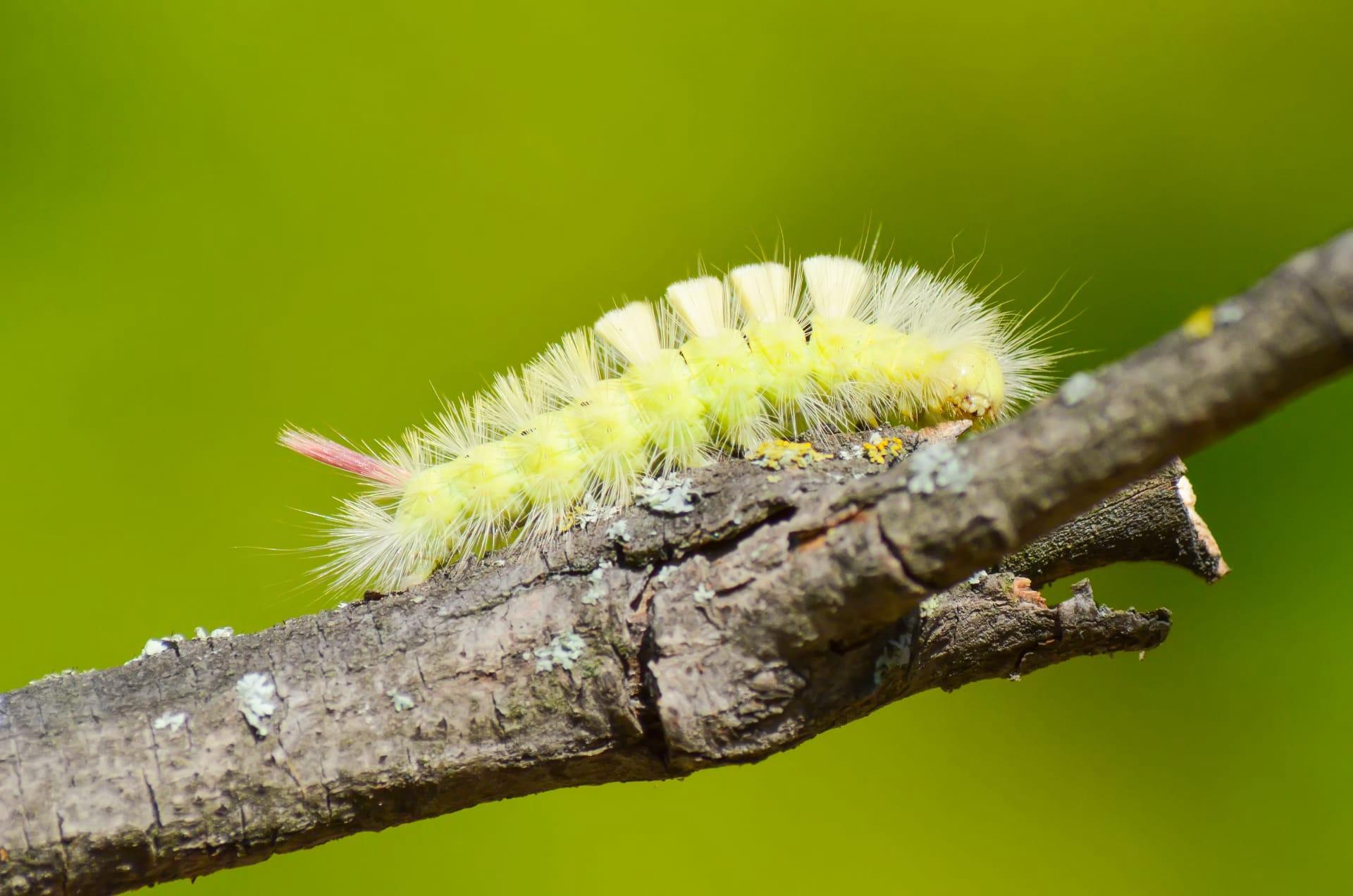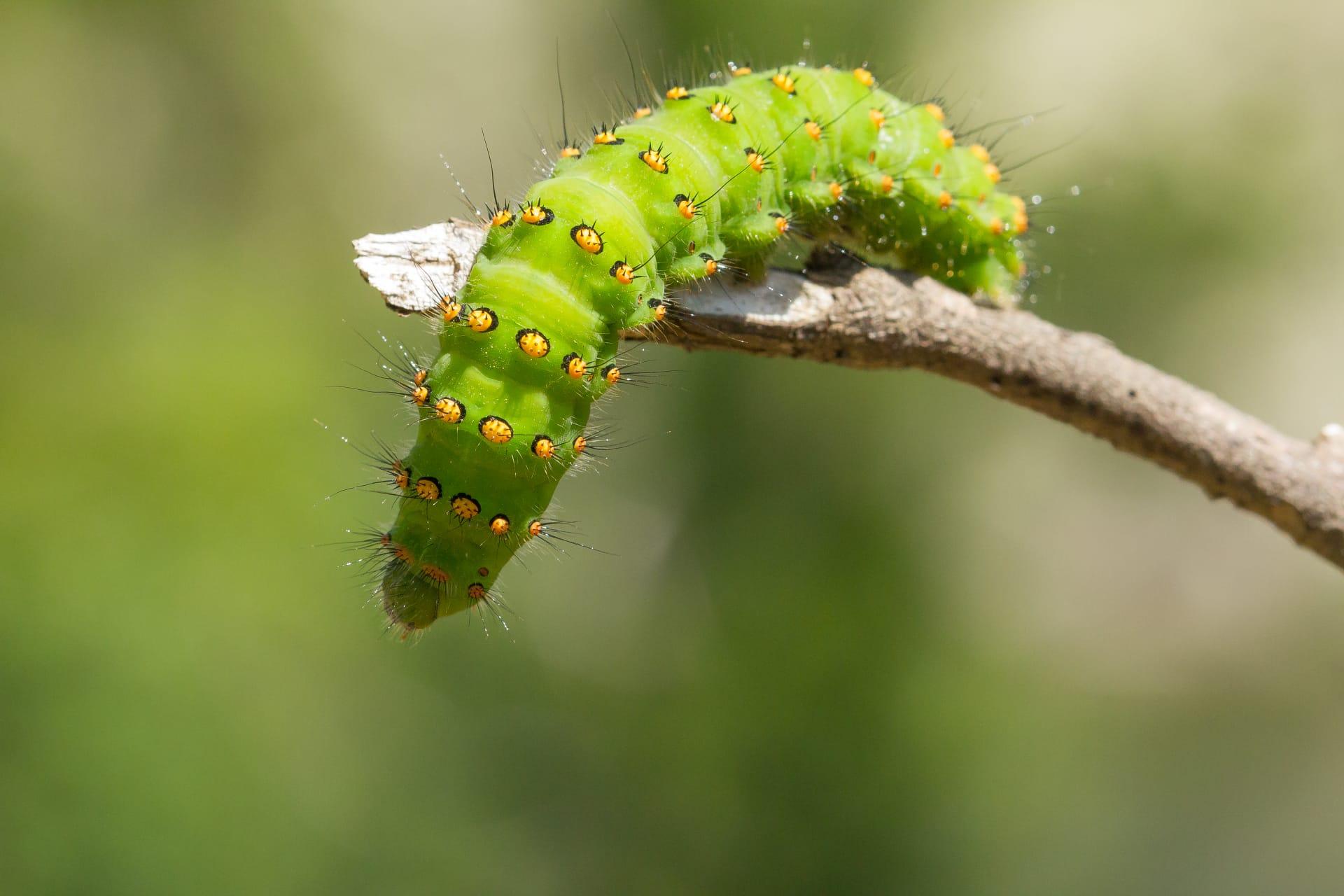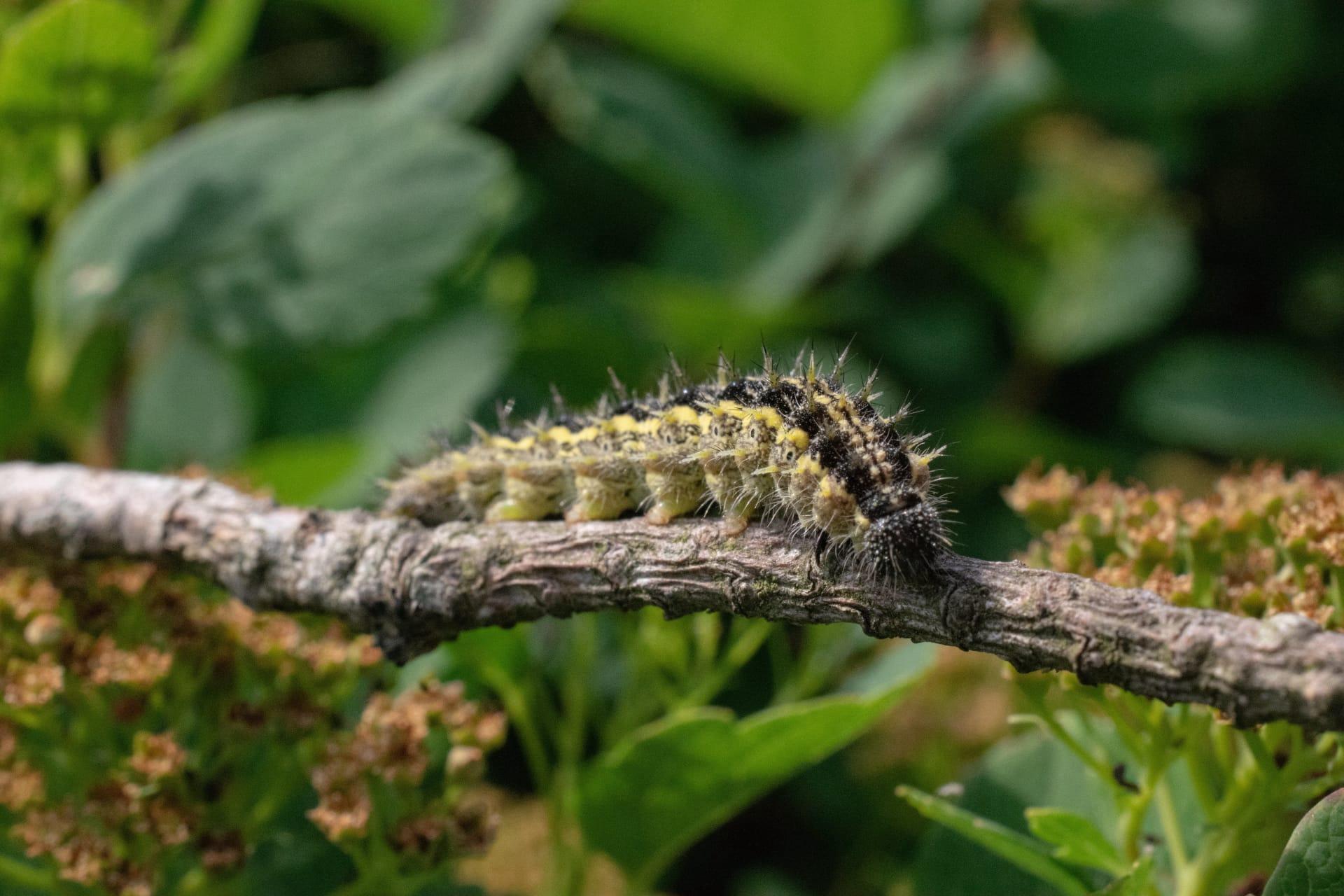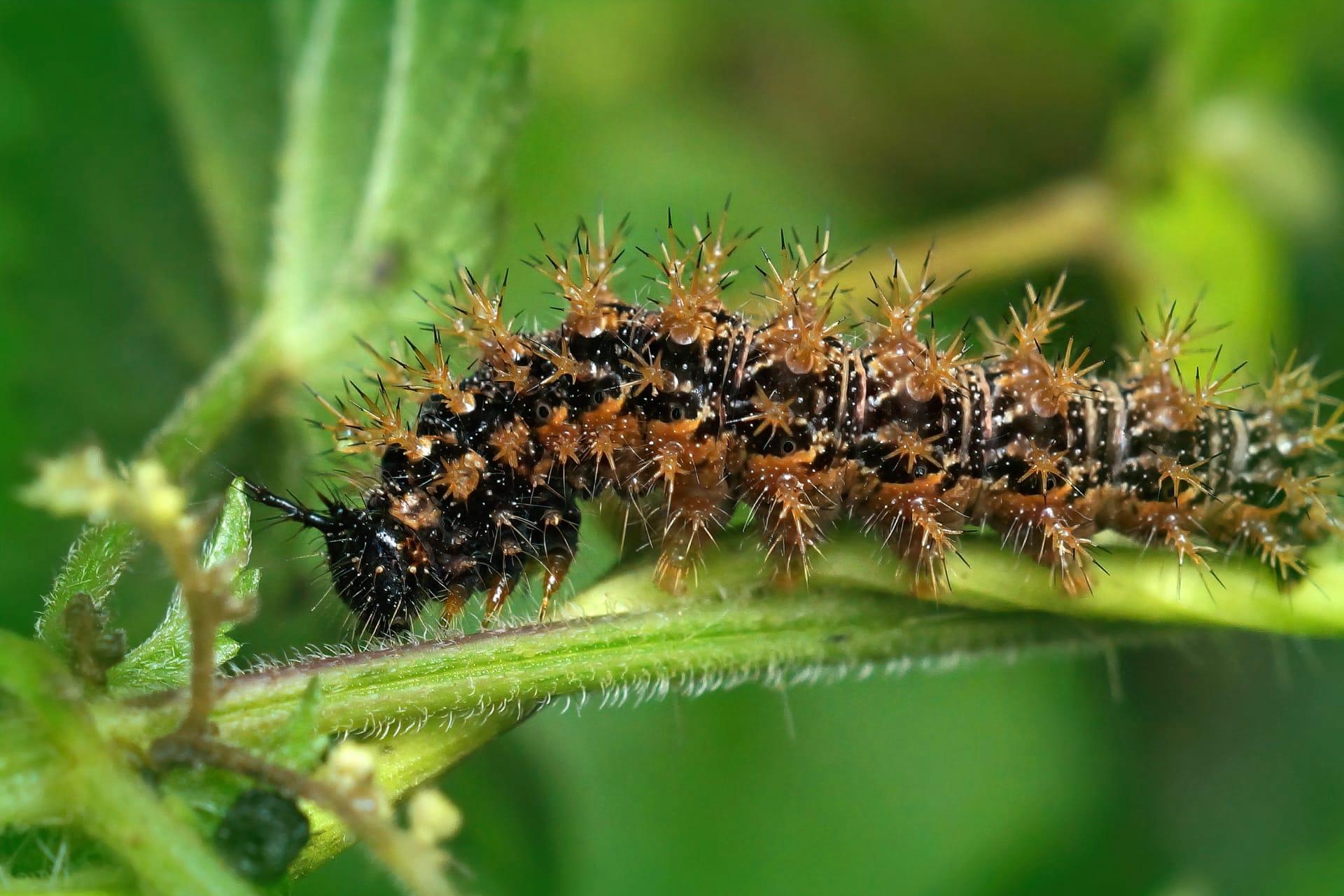Caterpillars Trivia
- Home /
- Trivia Question /
- Animal /
- Caterpillars Trivia
1
Question: How long can a caterpillar grow?
Answer: Caterpillars can vary greatly in size depending on the species. For instance, the hawk moth caterpillar can grow up to 3 inches (about 7.5 cm) long, while the giant leopard moth caterpillar can reach up to 2.75 inches (about 7 cm). Their size is a fascinating adaptation to their environment, helping them blend in or ward off predators.
Question: What do caterpillars eat?
Answer: Most caterpillars are herbivores and primarily feed on leaves. Each species has its preferred plant; for example, monarch caterpillars feed exclusively on milkweed leaves. This diet is crucial as it provides the necessary nutrients for growth and development. The amount they consume is impressive – a monarch caterpillar can eat an entire milkweed leaf in less than 5 minutes!

2
Question: Do all caterpillars turn into butterflies?
Answer: It's a common misconception that all caterpillars become butterflies. In reality, caterpillars develop into either butterflies or moths, depending on their species. For example, a monarch caterpillar will become a butterfly, whereas a lunar moth caterpillar transforms into a moth. This differentiation is essential in understanding the diversity and lifecycle of these creatures.
Question: Are caterpillars dangerous to humans?
Answer: While most caterpillars are harmless to humans, some species can be dangerous. For example, the puss caterpillar, found in the southern United States, has venomous spines that can cause painful reactions. It's important to remember that not all caterpillars pose a risk, but it's best to admire them from a distance to avoid any potential harm.

3
Question: How do caterpillars breathe?
Answer: Caterpillars breathe through a series of small openings along the sides of their bodies called spiracles. Air flows in through these openings and into a network of tubes called tracheae, which distribute oxygen throughout the body. This respiratory system is efficient for their size, allowing them to breathe without lungs.
Question: Can caterpillars hear?
Answer: Caterpillars do not have ears in the traditional sense, but they can sense vibrations. They perceive sound through their body and the tiny hairs on their skin, allowing them to respond to the environment. This adaptation helps them detect predators or changes in their surroundings, contributing to their survival.

4
Question: How do caterpillars change color?
Answer: Caterpillars can change color for various reasons, including environmental changes, diet, and as a defense mechanism. Some caterpillars, like the peppered moth caterpillar, change color to match their surroundings, which is a form of camouflage. Hormonal changes and temperature can also influence their coloration, making them a fascinating study in adaptability.
Question: Why do some caterpillars form groups?
Answer: Certain caterpillar species form groups as a survival strategy. For example, the eastern tent caterpillar builds communal silk tents to live in groups. This behavior provides safety in numbers, helping protect them from predators. It also creates a microclimate that can be beneficial for growth and development.

5
Question: How fast can caterpillars move?
Answer: Caterpillars are not known for their speed, but their movement rate can vary by species. On average, they crawl at a speed of about 0.03 inches per second (0.76 mm/s). This slow movement is part of their survival strategy, as quick movements can attract predators.
Question: Do caterpillars sleep?
Answer: Caterpillars do have rest periods, which can be considered a form of sleep. During these periods, they are less active and their metabolism slows down. This rest is crucial for their health and growth, as it allows their bodies to conserve energy for feeding and the eventual transformation into a butterfly or moth.